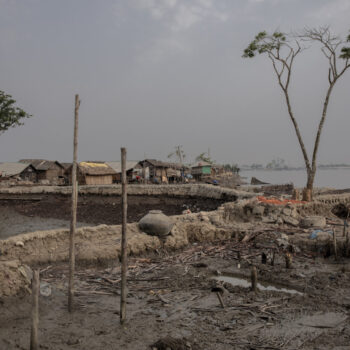After the disappointment of Copenhagen, Cancun secured a lifeline outcome for the negotiations and reaffirmed the UNFCCC as the primary venue for managing climate risk. Durban must build on the trust and momentum from Cancun to set out a pathway to secure a global deal. The world is not yet ready to conclude all aspects of the negotiation this year. However, the stakes at Durban remain high. The current political cycles and the next IPCC scientific review provide an opportunity to set up the battlefield now for the next ‘political moment’ in 2015.
We do not have time to throw away the existing architecture and start again from scratch. The International Energy Agency (IEA) has warned that the world only has a five years to create a system to put us on a below 2°C trajectory. There is no magical institutional architecture waiting to be discovered that isn’t already compatible with a reformed version of the Kyoto Protocol. The architecture is working, but the politics are not. Durban is not about lowering ambition, but shifting it to when we can win. Durban is the moment when the world should set out the pathway and agree the terms of the debate to deliver a below 2°C future.
Success at Durban will rest on three main pillars:
- A second commitment period of the Kyoto Protocol for as many parties as possible;
- A mandate to conclude negotiations on a protocol or other legally binding instrument under the long-term cooperative action track by 2015 linked to robust terms of reference to the review of adequacy; and
- A decision (or set of decisions) operationalising the Cancun agreements. The main elements of which will be the Green Climate Fund, the system of Measurement Reporting and Verification (MRV) of mitigation and finance, the Technology Mechanism and the Adaptation Committee.


